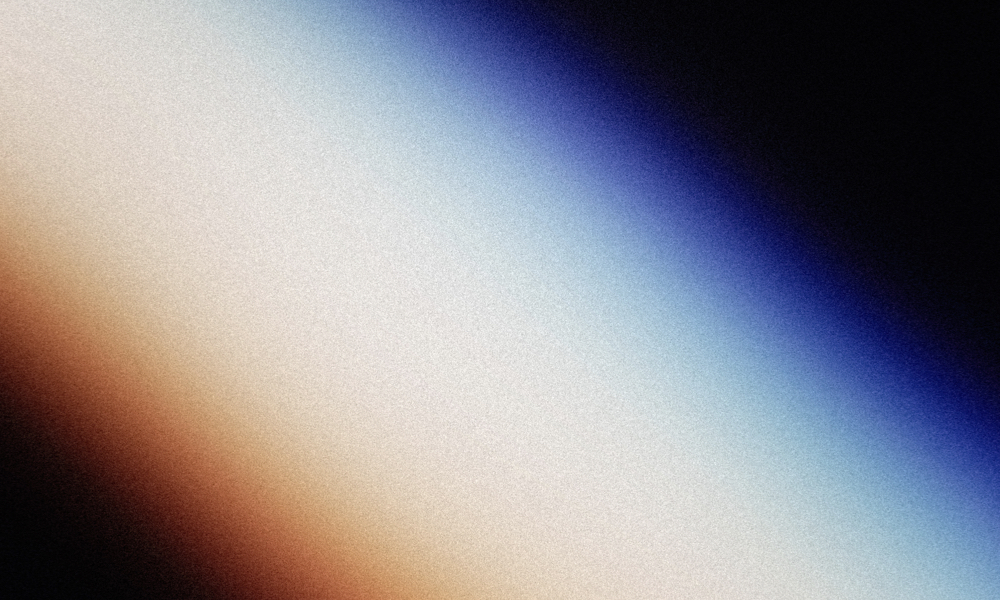
ESA Open Invitation to Tender AO10407
Open Date: 06/08/2020
Closing Date: 15/10/2020 13:00:00
Status: ISSUED
Reference Nr.: 20.1EC.05
Prog. Ref.: Technology Developme
Budget Ref.: E/0901-01 – Technology Developme
Special Prov.: BE+DK+FR+DE+IT+NL+ES+SE+CH+GB+IE+AT+NO+FI+PT+GR+LU+CZ+RO+PL+EE+HU
Tender Type: C
Price Range: 200-500 KEURO
Products: Satellites & Probes / AOCS & GNC / AOCS & GNC Eng. SW / SW for AOCS&GNC design, analysis, simulation, etc.
Technology Domains: Space System Control / Control Systems Engineering / AOCS/GNC Architecture
Establishment: ESTEC
Directorate: Directorate of Tech, Eng. & Quality
Department: Systems Department
Contract Officer: Seynaeve, Christophe Rene R.
Industrial Policy Measure: N/A – Not apply
Last Update Date: 06/08/2020
Update Reason: Tender issue
Objectives: To provide Line of Sight stabilisation control technologies optimised for performance improvement, complexity reduction,and/or cost reduction at system level together with accurate guidelines for selection of the most relevant technologies as per mission definitions.Description: For missions with demanding requirements in terms of pointing accuracy and pointing stability, many stabilisation technologies with different technology maturity are available. Those technologies can based on advanced control techniques for perturbations within or close to the Attitude and Orbital Control System (AOCS) control bandwidth (e.g. model based pre-compensation, local control loop of Solar Array Drive Mechanism). There are also some HardWare-based solutions such as passive damping ofhigh frequency perturbation, active isolation at perturbation source level (e.g. cryo-cooler), reaction wheel optimisation, active control system inside the payload system (e.g. a Fast Steering Mirror, using platform sensor data. Those techniques have a significant impact in term of costs and complexity at system level (increased mass, power consumption, hardware development/qualification andcomplex and mission specific integration within the payload).To complete these technology portfolio, new technologies based on digital stabilisation concept (e.g. lucky imaging) are foreseen to reduce these drawbacks, as this concept does not require additional actuators (especially when accommodated inside the Payload).However, digital stabilisation technologies might also present some inherent drawbacks (e.g. imperfect compensation of the line of sight jitter). Depending on the mission definitions, the digital stabilisation shall be combined with other others methods mentioned above. Therefore, it is needed to map stabilisation techniques (including digital ones) to a large variety of missions (Earth Observation, Sciences, Low Earth Orbit to Geostationary Orbit, with/without appendages, etc.) considering key figures of merit (e.g. TRL, mass/volume, cost, complexity, performances, modularity and interactionwith ground). Further development of the digital stabilisation technology are to be considered.This activity encompasses the following tasks:- analysis and definition of missions to select most relevant use case- quantitative suitability analysis of the solutions to the selected missions- preliminary assessment of the pointing performance of each suitable solution- definition of detailedguidelines to select the optimised solution for a given mission definition- identification and development of the digital stabilisation technology for the most relevant mission considering combined use with the other building blocks. This technology development includes as a minimum a preliminary system architecture definition, a design of digital algorithms, pointing, image quality and mission performance analysis based on the implemented digital algorithms.
If you wish to access the documents related to the Invitation to Tender, you have to log in to the ESA Portal.
